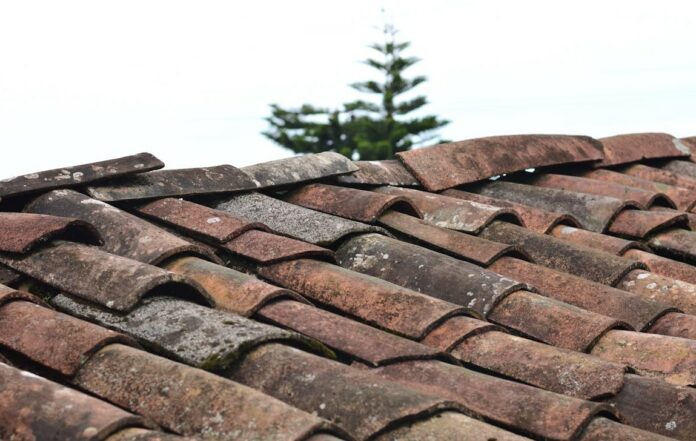With increasing consumer awareness about the environmental consequences of their choices, the demand for sustainable home improvements has grown. Of these, roofing is one of the areas where eco-friendly solutions may have a significant impact.
Sustainable roofing benefits the environment, helps with energy savings, and improves a house’s overall effectiveness. If you are planning a green renovation, the first thing to do is partner with a local roofing company focusing on green solutions.
Why Being Green in Roofing Matters?
Eco-friendly roofing materials have many known advantages over conventional roofing materials. Firstly, they are to be constructed to reduce energy consumption rate and make your home energy efficient. You’ll not only be conscious of the environment but also be able to save money on your energy bills. Among the many sustainable roofing solutions, others are made from recycled or renewable resources so that new raw materials are not overused, and extraction and processing of environmental degradation are minimized.
Healthy rooftops also contribute to indoor comfort, mitigate the urban heat island effect, and enhance air quality, ultimately contributing to a healthier and more comfortable living area. They might also increase the lifespan of your roof, consequently reducing the cost and frequency of repairs as well as the overall value.
Sustainable Roofing Materials
There are many options to consider when choosing eco-conscious roofing materials, and each has its advantages and downsides.
- Solar Roof Tiles and Shingles: Solar roofing materials can take different forms, and they have also made a great leap in terms of efficiency. Solar tiles and shingles are available in modern designs that integrate seamlessly with traditional roofing materials while generating renewable energy for your house. This can cut your dependence on fossil fuels by a large margin and make electricity bills considerably less.
- Metal Roofing: Metal roofs are strong, recyclable, and able to reflect solar heat, which, in turn, lowers cooling costs during summer. They are also lightweight, and therefore, they do not impose additional structural load onto your home. During its lifecycle, recycled metal roofing is an unrivaled exemplar of sustainability.
- Green Roofs: Green or living roofs covered with vegetation provide thermal insulation and stormwater management and help combat the heat island effect. Although their additional demand for structural and maintenance elements results in a higher implementation cost, green roofs can enhance air quality and provide a unique aesthetic design.
- Recycled Materials: Recycled materials, such as rubber or plastic, used for roofing provide eco-friendly alternatives to traditional choices. Such products are usually long-lasting, easy to care for, and often imitative of wood or slate.
Maintenance and Lifespan Considerations
Regarding eco-friendly roofing, homeowners’ expectations are synthesized into two aspects: environmental impacts and energy efficiency. Nonetheless, the roofing material not only needs to be less expensive but also highly long-lasting because quality matters a lot. A roof that is resilient to hostile weather conditions will have a lesser loss of material and fewer utilities used over its lifetime, thus making its durability and longevity crucial in making the decision.
Besides evaluating the ecological consequences upfront, the long-term viability of the project should be a central issue. A roof’s lifecycles can be different between the materials, quality of installation, and prevailing climates that influence its lifespan. Take an example asphalt shingles may appear to have a shorter lifespan but some of the other ones like metal and clay tiles have a much more extended life expectancy, they require less frequent replacement and thus will eventually result in a lesser overall environmental impact in terms of manufacturing and disposal over a long period of time.
Conclusion
Picking an eco-friendly roof tends to be the first and most important stage of having a green, sustainable house. There are solar shingles and recycled materials, among other options, all of which can ideally match any landscape, climate, and budget. Selecting a green roofing material enables you to limit the negative effects on the environment, maintain a low energy bill, and contribute to an improved ecosphere.


